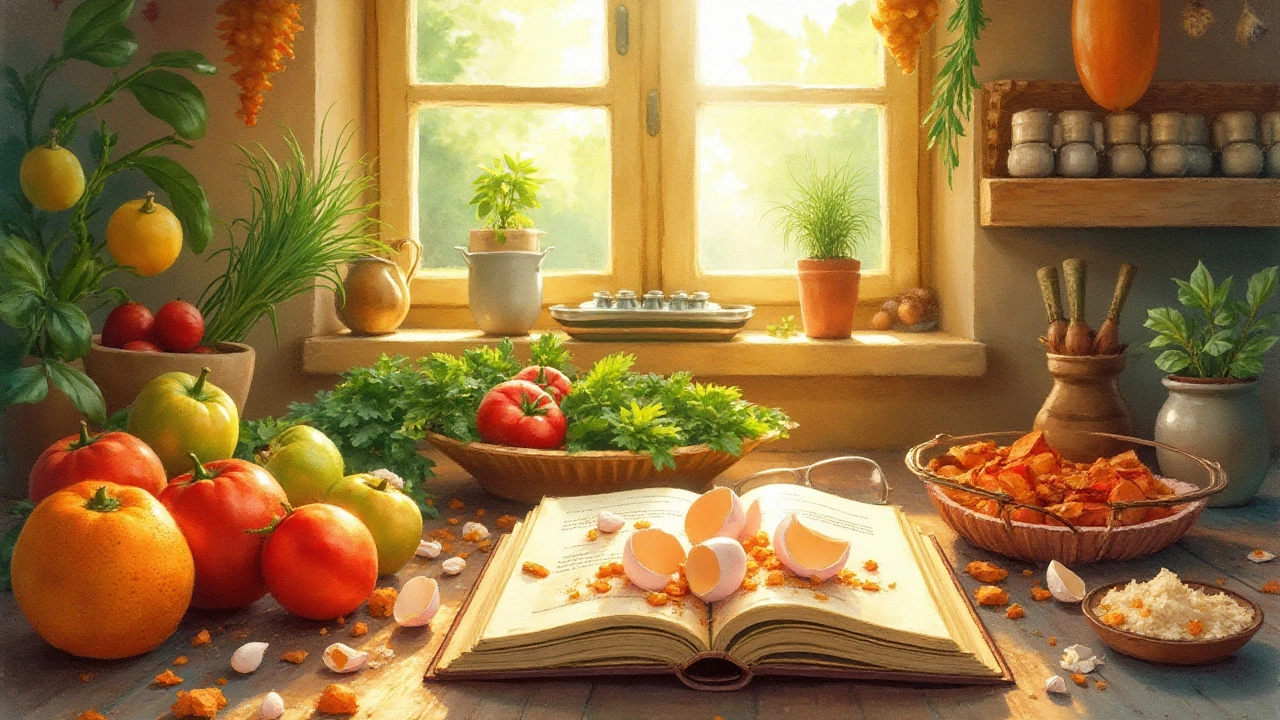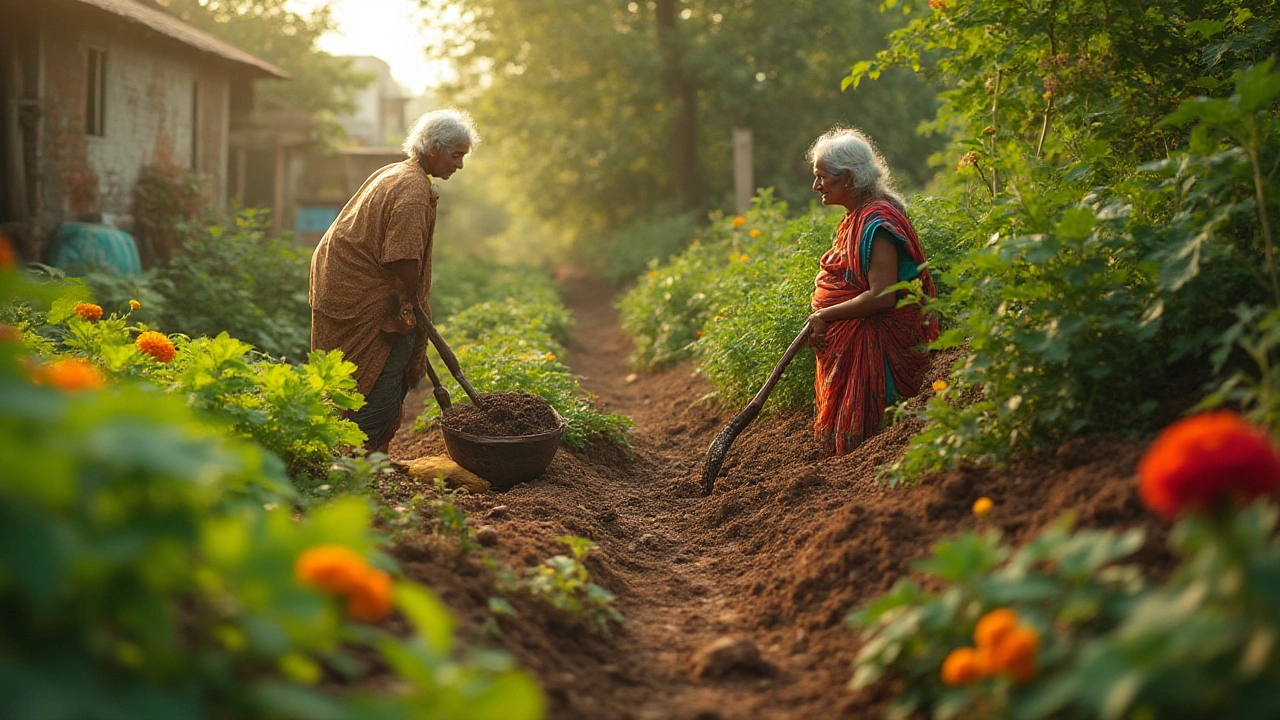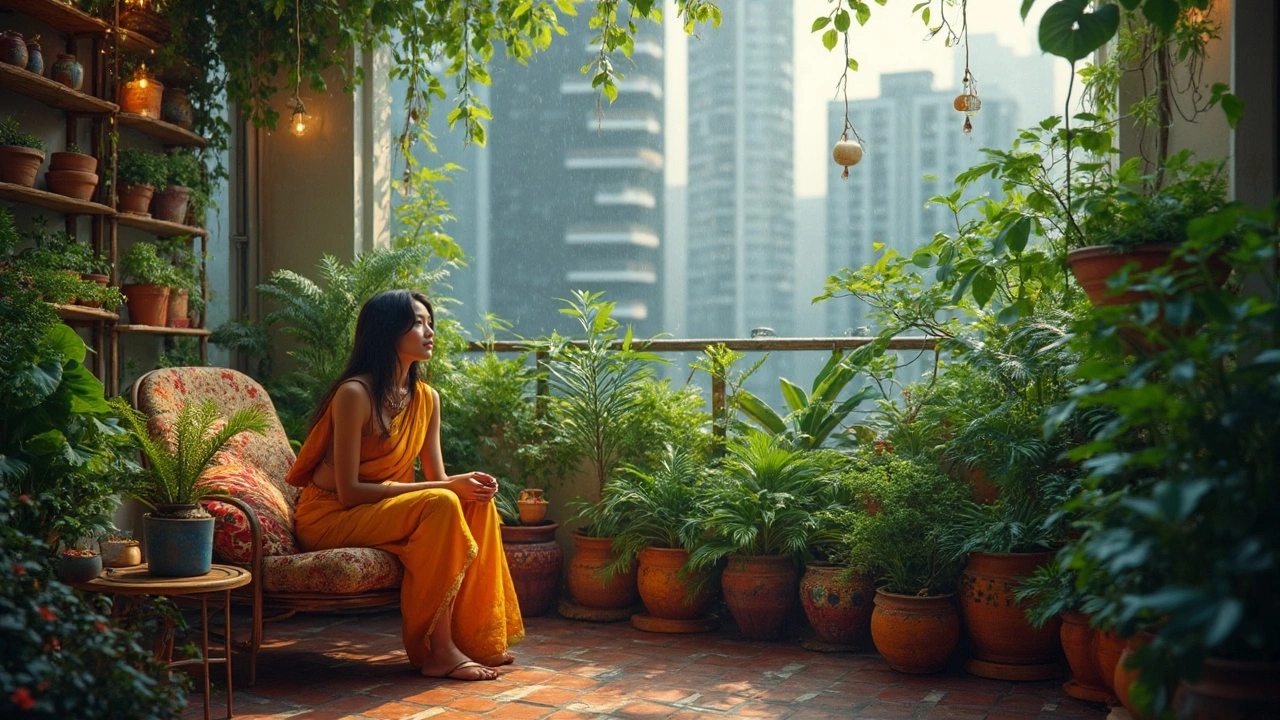Green Material
When talking about green material, any resource that reduces environmental impact while delivering functional performance. Also known as eco‑friendly material, it encompasses biodegradable polymers, recycled fibers, and low‑carbon alternatives. green material is the cornerstone of a circular economy. It requires sustainable sourcing and smart design, and it influences how we build and farm. Common companions include recycled plastic, post‑consumer polymer that keeps waste out of landfills, biodegradable compost, organic matter that turns waste into soil amendment, no‑till gardening, a soil‑preserving method that cuts erosion and fuel use, and drip irrigation, precision watering that saves water and energy. Together they form a toolkit for anyone aiming to lower carbon footprints.
In manufacturing, green material shows up as recycled PET bottles turned into packaging, rHDPE used for piping, or bio‑based polyols in foams. Companies that switch to these alternatives report up to a 30% drop in greenhouse‑gas emissions and often see cost savings from reduced raw‑material purchases. The 2025 plastics market, for example, highlights rPET and rPP as top‑demand polymers because they close the loop on waste. When a factory adopts recycled plastic, it not only cuts landfill pressure but also supports a supply chain where waste becomes a resource—exactly the green material principle of "waste‑to‑wealth".
Agriculture benefits just as much. Biodegradable compost enriches soil, improves water retention, and replaces synthetic fertilizers that can harm ecosystems. No‑till gardening keeps the soil structure intact, which means less fuel for tractors and fewer carbon emissions from soil disturbance. Studies from Indian farms show that no‑till plus compost can raise yields by 15% while slashing irrigation needs. In this context, green material isn’t just a product; it’s a practice that ties healthy soil to healthy profits.
Water management is another key arena. Drip irrigation delivers water directly to plant roots, reducing evaporation and runoff. When paired with biodegradable mulch or compost‑enhanced soil, the system becomes even more efficient. The result is a garden or field that uses far less water—critical in regions facing drought. This synergy illustrates a semantic triple: drip irrigation enhances green material performance, while green material supports sustainable water use.
Below you’ll find a curated collection of articles that unpack each of these angles. From expert guides on container‑garden watering to deep dives on recycled plastic demand, the posts illustrate how green material choices shape both factories and farms. Dive in to discover practical tips, real‑world data, and actionable steps you can apply right away.
Eggshells in Compost: Green or Brown Material?
In composting, understanding the type of waste you are handling is crucial for efficient decomposition. Eggshells, often seen in our kitchen waste, pose the question of whether they belong in the green or brown category of compost materials. This article explores the role eggshells play in the composting process, their benefits, and how to best incorporate them into your compost pile. Discover interesting tips on maximizing their effectiveness in creating rich, fertile compost.
- manufacturing
- India
- food processing
- garden tips
- rice cultivation
- government schemes
- balcony garden
- urban gardening
- balcony gardening
- profitable business
- business ideas
- plastic manufacturing
- drip irrigation
- plant care
- steel manufacturing
- sustainable gardening
- startup ideas
- steel industry
- flower gardening
- textile manufacturers






